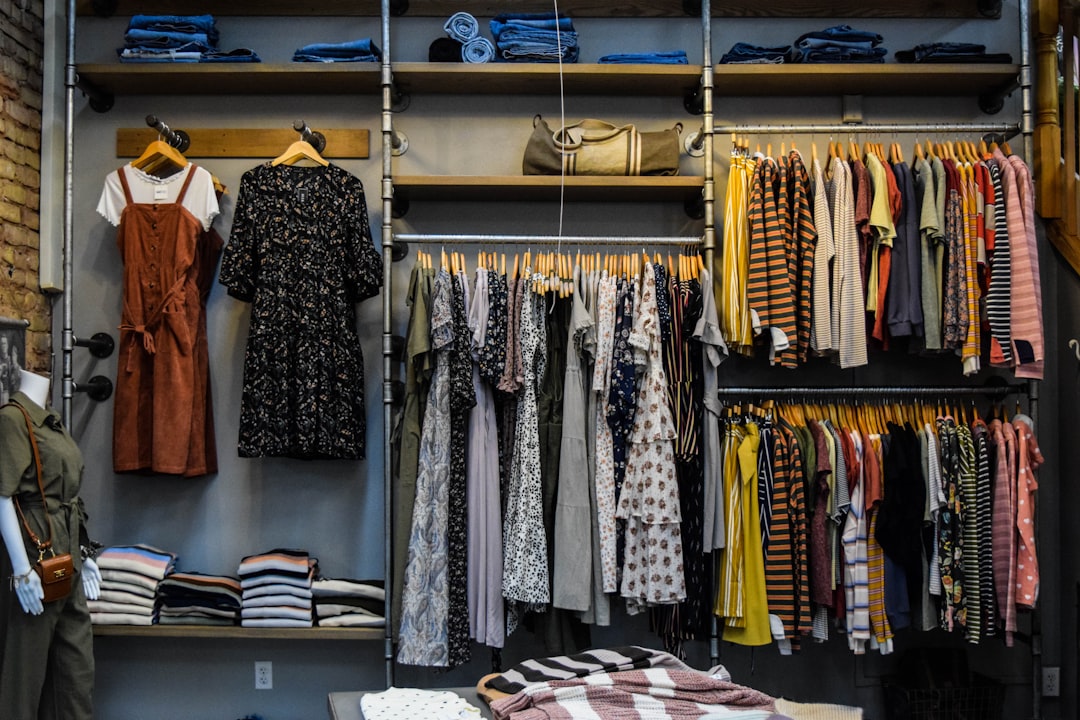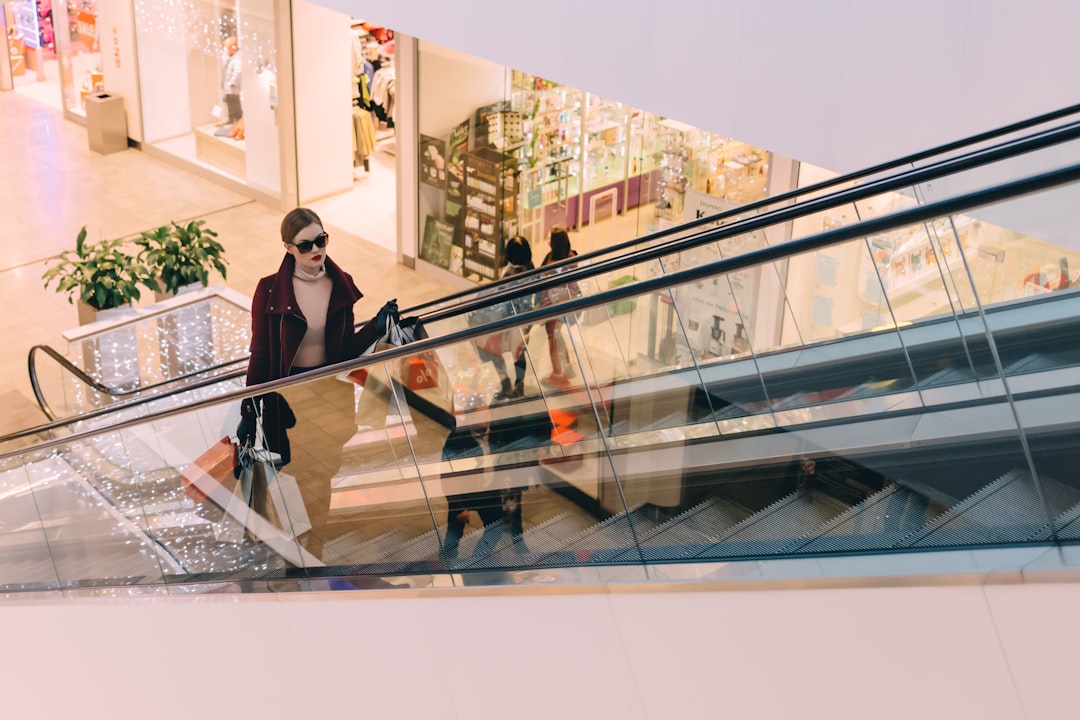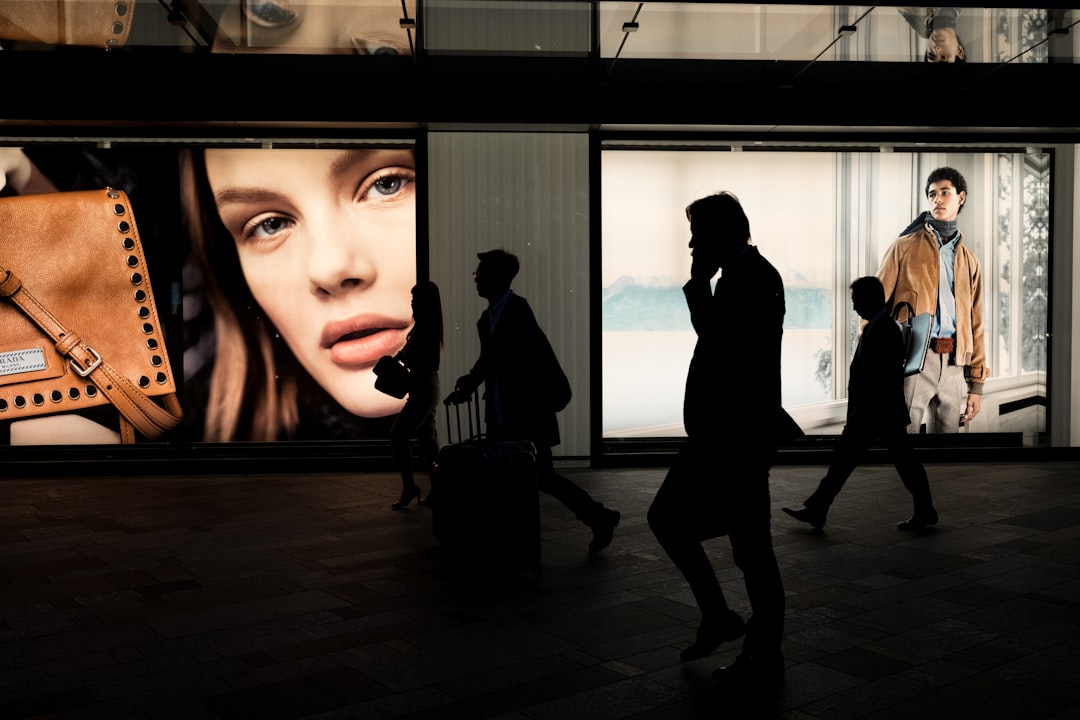The fashion industry is constantly evolving, driven by the ever-changing demands and trends of consumers. However, with the emergence of artificial intelligence (AI), the industry is stepping into a new era of innovation and creativity. The integration of AI in fashion has brought about tremendous improvements in the production process, supply chain management, design, and shopping experience.
AI is changing the way we perceive fashion, by providing designers with tools to create new and unique designs that are both personalized and sustainable. It is also enhancing supply chain management by streamlining the production process, reducing waste, and improving efficiency.
With AI, fashion retailers can now provide personalized recommendations to their customers, ensuring that they get exactly what they are looking for. AI-powered solutions can analyze customer data, including purchase history, past searches, and browsing behavior, to provide tailored suggestions.
Moreover, companies can leverage AI to accurately forecast fashion trends, enabling them to plan their production schedules and make smarter business decisions. Additionally, AI can be used to optimize the entire supply chain process, reducing waste and improving sustainability in fashion.
Considering these advancements, it is evident that AI is revolutionizing the fashion industry, making it more efficient, eco-friendly, and consumer-centric. The potential for AI in fashion is endless, and we can only imagine the possibilities that it holds for the future. In the rest of this article, we will delve deeper into how AI is transforming different aspects of the fashion industry.
Smart Design: Using AI to create sustainable and unique designs
The fashion industry has been constantly evolving over the years, and technology is playing a vital role in the transformation. Among all the technological advancements, Artificial Intelligence (AI) is considered a game-changer in the fashion world. Smart design, which involves the creation of unique and sustainable designs, is one area where AI holds enormous potential.
AI technology enables designers to create unique designs by utilizing vast amounts of data on customer preferences, market trends, and cultural influences. By analyzing this data, AI algorithms can generate customized designs that appeal to a specific target audience. With AI’s help, designers can create unique designs that cater to individual preferences while keeping sustainability in mind.
The benefits of AI-driven design are not limited to aesthetics only. AI-powered design solutions also help reduce waste in the production process, as designers can create personalized designs while eliminating overproduction. This contributes to a more sustainable fashion industry, which is essential for the planet’s well-being.
Moreover, AI-based design solutions enable designers to work more efficiently and productively. Instead of spending hours on creating design sketches or endless iterations of designs, AI algorithms can generate several designs in a fraction of the time. This allows designers to focus on other aspects of the creative process and enhance their ideation abilities.
In conclusion, AI-powered smart design is revolutionizing the fashion industry by enabling sustainable and personalized designs, reducing waste, increasing efficiency, and streamlining the creative process. As AI technology continues to evolve, we can only expect more innovations and disruptive solutions in the fashion industry that will transform the way we produce and consume fashion.
Instead of spending hours on creating design sketches or endless iterations of designs, AI algorithms can generate several designs in a fraction of the time.
Virtual Shopping: Improving personalized recommendations with AI-powered solutions
Virtual shopping has become an increasingly popular way for consumers to shop for fashion products. With the rise of e-commerce and social media, fashion brands and retailers are looking for ways to offer personalized recommendations to their customers. This is where AI comes in.
AI-powered virtual shopping solutions can improve the shopping experience for customers by recommending products that match their preferences and style. By analyzing a customer’s previous purchases, browsing history, and social media activity, AI algorithms can suggest products that are more likely to appeal to the customer.
One of the key benefits of virtual shopping is that it allows customers to try on products in a virtual environment. This means they can see how clothes look on them without having to physically try them on. AI algorithms can also suggest other products that would complement the customer’s existing wardrobe or offer alternative options.
Virtual shopping can also improve the efficiency and accuracy of customer service. By using chatbots powered by AI, customers can get quick and accurate answers to their questions, without having to wait for a human representative. This frees up human resources to focus on more complex issues.
Finally, virtual shopping can also help fashion brands and retailers to gather more data on their customers. By analyzing this data, they can gain insights into customer preferences and behaviors, which can inform future product development and marketing strategies.
In conclusion, AI-powered virtual shopping solutions are revolutionizing the way we shop for fashion products. They offer personalized recommendations, improve customer service, and provide valuable data insights for fashion brands and retailers. It’s clear that the future of fashion will continue to evolve with the help of AI technology.
They offer personalized recommendations, improve customer service, and provide valuable data insights for fashion brands and retailers.
Trend Prediction: Leveraging data to accurately forecast fashion trends
In the fast-paced world of fashion, trends are constantly evolving and transforming. One of the most significant challenges that designers and retailers face is predicting which trends will be popular in the future. This is where AI technology comes into play.
One of the most valuable applications of AI in the fashion industry is trend prediction. By analyzing vast amounts of data, AI-powered systems can identify patterns and insights that can help forecast the next big trends.
AI algorithms can mine social media platforms, search engines, and e-commerce websites, among other data sources, to identify patterns and trends in fashion. The technology can then use this data to provide fashion companies with accurate trend forecasts and consumer insights.
This allows fashion designers to make informed decisions about which designs will resonate with customers, and which styles may not be as popular. Retailers can then stock their stores with the right merchandise at the right time, reducing inventory waste and increasing profits.
Companies that leverage AI technology for trend prediction can stay ahead of their competitors and avoid the risk of missing out on popular styles. This technology could help to streamline the entire fashion design cycle, from idea generation to product development and marketing.
In conclusion, AI technology is transforming the way fashion companies approach trend prediction. By using machine learning algorithms to analyze and forecast trends, companies can minimize the risk of selling unpopular products and increase their profitability. With AI-powered trend prediction systems, the future of fashion looks more exciting than ever.
Supply Chain Management: Streamlining the Fashion Production Process with AI
AI is transforming the fashion industry in more ways than one. In addition to using data to predict trends and provide personalized recommendations, AI technology is also making significant inroads in supply chain management. By streamlining the production process, AI is enabling fashion brands to make their operations more efficient while reducing costs and minimizing waste.
The fashion industry has long grappled with supply chain inefficiencies. One of the biggest challenges is managing inventory, which can be difficult to track accurately as shipments move from one country to the next. AI-powered solutions can help remedy this problem by providing real-time insights into inventory levels, allowing brands to make more informed decisions around production and distribution.
AI can also assist in managing manufacturing processes. By analyzing data from production lines, machines and robots, AI algorithms can identify opportunities for optimization and suggest ways to reduce downtime and increase productivity. In this way, AI is helping brands to produce high-quality clothing at a faster rate, while minimizing the risk of errors or defects.
Another area in which AI is providing significant value to the fashion industry is in sustainability. Brands are increasingly focused on reducing their environmental footprint, and AI can help in several ways. By tracking data around material usage, energy consumption, and waste, AI can provide insights into ways to make processes more sustainable. Additionally, by optimizing production processes, AI can reduce the amount of waste created by excess material and unsold garments.
In summary, AI is making a significant impact on the fashion industry. By streamlining the supply chain, improving manufacturing processes, and reducing waste, AI technology is enabling fashion brands to make more informed decisions and operate with greater efficiency. As the fashion industry continues to embrace the power of AI, the potential for innovation is truly limitless.
By analyzing data from production lines, machines and robots, AI algorithms can identify opportunities for optimization and suggest ways to reduce downtime and increase productivity.
Conclusion: The Future of Fashion with AI Technology
As we have seen, AI technology is transforming the fashion industry in numerous ways. From smart design to virtual shopping, and trend prediction to supply chain management, AI-powered solutions are making fashion more sustainable, efficient, and personalized.
As we move forward, it is clear that AI will continue to play an increasingly significant role in fashion. The fashion industry is constantly evolving, and technology is playing a vital role in shaping this evolution. With the help of AI, fashion designers can create more sustainable and unique designs, retailers can provide personalized shopping experiences that are tailored to individual customer preferences, and supply chains can be optimized to reduce waste and increase efficiency.
While some may fear that AI technology will replace human creativity and artistry in fashion, the truth is that AI can never replace the human touch in fashion design. Rather, AI should be seen as a tool that can be used by designers and fashion professionals to enhance their creativity, make the fashion industry more sustainable, and improve the overall customer experience.
In conclusion, the merging of AI and fashion is an exciting development that is set to revolutionize the fashion industry in the coming years. By embracing AI-powered solutions and incorporating them into their design, production, and retail processes, fashion companies can drive innovation, meet changing customer demands, and help move towards a more sustainable and eco-friendly future.
The Benefits of Integrating AI Technology in Fashion
Artificial intelligence (AI) has transformed many industries in recent years, and the fashion industry is no exception. From smart design to virtual shopping experiences and trend prediction, AI has the potential to revolutionize how the fashion industry operates. In part 7 of our blog post series on AI and fashion, we explore some of the benefits of integrating AI technology in the fashion industry.
AI technology can help designers create sustainable and unique designs by analyzing vast amounts of data and identifying patterns that can inform the design process. With AI, designers can quickly identify materials, designs, and production techniques that have a low environmental impact, reducing waste and carbon emissions. This not only benefits the environment but also ensures that fashion designs meet the growing demand for sustainable fashion.
With AI-powered virtual shopping experiences, personalized product recommendations can be made instantly to the customer based on their previous browsing and purchasing history. These personalized recommendations increase customer satisfaction and can lead to repeat purchases. By utilizing AI in this way, fashion retailers can provide an exceptional customer experience that is tailored to each individual’s specific preferences.
AI technology can also play a significant role in trend prediction. With the vast amounts of data available in the fashion industry, it can be challenging to identify which trends will be successful. However, with AI, fashion brands can analyze data such as social media posts, consumer feedback, and sales trends to develop highly accurate predictions of what will be popular in the coming months or seasons. This can reduce waste by ensuring that fashion products are created based on demand, rather than excessive supply.
In terms of supply chain management, AI-powered solutions can help streamline the fashion production process, reducing lead times and increasing efficiency. AI can analyze data such as inventory and sales data to create dynamic production plans that match demand. This approach is cost-effective and reduces the need for human intervention in the supply chain process, improving accuracy and reducing errors.
In conclusion, AI technology has the potential to revolutionize the fashion industry. From smart design to personalized shopping experiences, trend prediction, and efficient supply chain management, integrating AI technology can offer a host of benefits. Fashion brands that adopt AI-powered solutions can gain a competitive edge, deliver personalized experiences for their customers, improve sustainability, and operate more efficiently. As AI technology continues to evolve, so will the possibilities for how it can transform the future of fashion.





